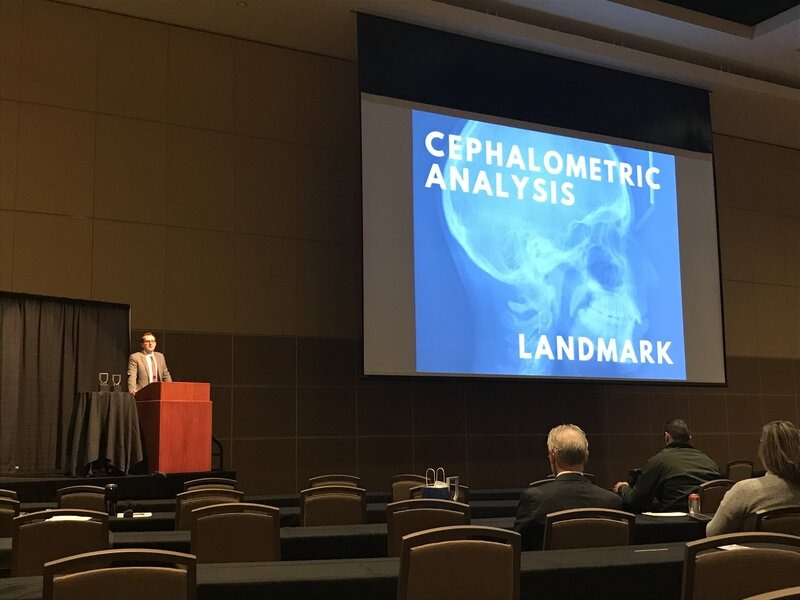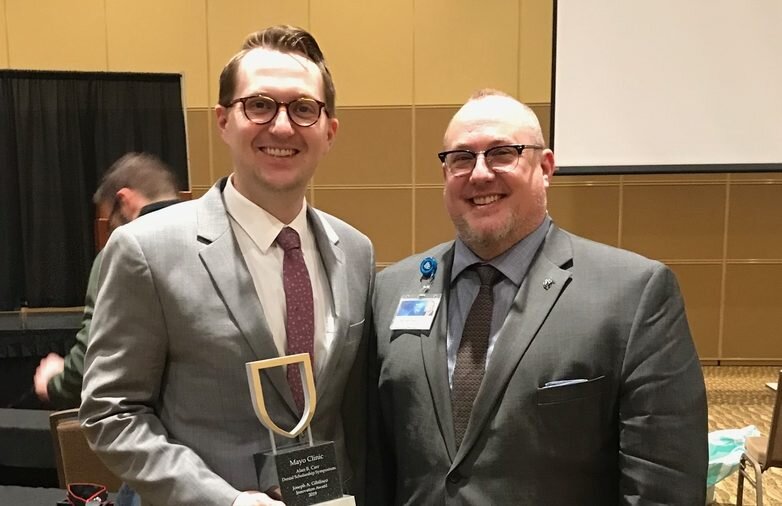Dr. Paul Meyer’s Research Published
Upon completing the Orthodontic Residency program at Mayo Clinic in Rochester, MN, Dr. Paul Meyer successfully defended his research thesis on facial vs skeletal orthodontic diagnosis thus earning him a Masters of Science. As of October of 2019, his study was published in the Journal of Oral and Maxillofacial Surgery.
The following is a Q and A with Dr. Paul on his Master’s Thesis Research paper that was published in the Journal of Oral and Maxillofacial Surgery.
Q: What was the study exploring?
Dr. Paul: The research I conducted was to explore the idea of how orthodontists use various theories to evaluate their patients physical profile when doing a orthodontic exam.
A critical part of orthodontics is determining the position of the teeth and jaws in a front to back position. When the upper are teeth are too far forward, they are classified as an overbite and when the lower teeth are too forward, they are classified as an underbite. The traditional way of determining this position is by measuring the skeleton on an x-ray. The downside to this method is that it does not always reflect the asethetic we see in daily life; your skeleton is not what we see on the outside.
An alternative method is to look at the position of the teeth and jaws in relation to the face since we ultimately care if the teeth and jaws are too far forward or too far backwards when we look at the face to optimize a beautiful smile.
I wanted to know whether these two measurements had any agreement.
Q: How did you collect data?
Dr. Paul: I took a randomized sample of adult patients and measured their upper and lower jaw position on an x-ray of their skull. Using these measurements, I determined if their upper and lower jaws were too far forward, too far backward, or in the correct position. I then did the same measurement based on the individual’s face from a profile photograph superimposed on the x-ray. Using fancy statistics, I then compared whether these two measurements came to the same conclusion.
Q: What did you find?
Dr. Paul: I found that the two measurements did not agree on the position of the upper and lower jaw. The measurement based on the x-ray tended to diagnose the jaws as being too far forward compared to the measurement based on the photograph which tended to find the jaws as being too far back.
Q: What does this mean?
Dr. Paul: Our ultimate goal orthodontists is to straighten your teeth and put them in a place where they can be healthily maintained for a lifetime while optimizing the aesthetics of the smile.
Research shows that the most aesthetically pleasing smiles are balanced or harmonious with the face. This means the teeth should be aligned with the face and not too far back so that everyone can see those beautiful teeth on full smile. If we are only looking at x-rays and not the person in the chair and how the teeth affect the face, we may miss an opportunity to truly make a masterpiece smile. This is why I try everyday to take into consideration more than just teeth and to create the best treatment for each individual.
If you have any other questions about this project, I’d be happy to chat more about it! It took a lot of time and effort, and I am really proud of it.


